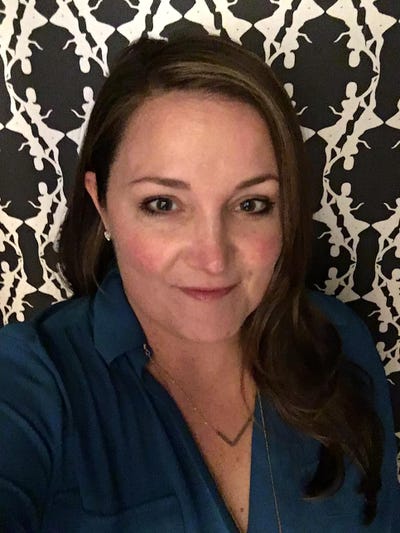In this week’s episode of NothingWasted!, you will experience: A View from Above — Using Satellites and Drones to Monitor Emissions. You will learn about methane gas emissions and capture, the advantages of aerial data, the influence of ESG-focused agendas and more.
In this week’s episode of NothingWasted!, you will experience: A View from Above — Using Satellites and Drones to Monitor Emissions. You will learn about methane gas emissions and capture, the advantages of aerial data, the influence of ESG-focused agendas and more.
You will hear from: Daniel Cusworth Ph.D., Project Scientist at Carbon Mapper; Peter Quigley, CEO and Chairman at Loci Controls; Kurt Shaner, Vice President, Engineering and Sustainability at Waste Connections; and Eugene Tseng, CEO of E. Tseng and Associates, Inc. The session was moderated by Arthur Mohr, Jr. of Sniffer Robotics, LLC.
The discussion covered methane gas and emissions and capture, ariel data, the influence of ESG-focused agendas and more. Here is a sneak peek into the discussion:
Quigley started off by saying that, “There’s no investment that could be made by our sector that will produce higher returns and do more good for society than focusing on maximum methane capture in landfills.” He noted that methane emissions, accounted for over a 20-year time period, are “the largest source of greenhouse gases in the U.S.—bigger than the entire electricity or transportation sectors.” And, “to date, almost no public policy is directed to methane emission or reduction,” which he hypothesized, “will change.”
Quigley went on to note that we know where the most concentrated sources of methane are: landfills. So, “It’s just natural to drive methane reduction and increase capture at landfills.” He went on to note that it is only recently that the UN’s experts on climate change have prioritized reduction in methane emissions, highlighting the importance of reducing them by half, globally, over the next ten years. Between June and November 2022, 111 countries signed a pledge to reduce these emissions by 30% by 2030. “You can see that the world’s policy has shifted rapidly...which is why it is such a great opportunity for our industry, and it aligns with why we’re all here.”
Cusworth presented next, with a focus on spectroscopy and how it can observe and measure methane. He explained how the nonprofit where he works, Carbon Mapper, is aiming to accelerate local climate action by locating, quantifying, and tracking methane (and CO2) point-source emissions from the air. He spoke about the advantages of tracking this information remotely, especially in landfills that would be hard to reach with other measurement tools. But, he acknowledged, aircraft have limitations as well, as it is hard to take “global surveys with repeat coverage” due to cost and logistics. The next goal is, he noted a “space-based” satellite monitoring system, which could provide “real-time, actionable data” and which Carbon Mapper is currently working on through a public-private partnership.
Tseng’s talk delved into how aerial-based data from Carbon Mapper was used to validate improvements at Sunshine Canyon Landfill in California. He showed a graph charting local odor complaints, of which there were approximately 1,500 per year around 2008. So, “the local enforcement agency was asked to solve this problem.” In 2017, mitigation measures were put into place, and odor complaints dropped significantly. He explained the mitigation techniques and how the measurement of methane was used as proxy as a carrier for odiferous compounds.
Shaner wrapped things up by talking about industry perspectives on controlling air emissions. He noted that, “It’s a growing concern—and, in addition, there’s a financial and social influence at play through ESG.” Citing Morgan Stanley data, Shaner showed that funds under management with ESG-oriented funds tripled over a recent 18-month period.
Shaner spoke about Waste Connections’ emissions practices and asked, “What can we do to do more?” He noted it is tough to set an absolute reduction goal when all of the company’s emissions are Scope 1 fugitive landfill emissions, but “we can focus on offset projects.”
The session concluded with a Q&A. Listen to the full episode above.
#NothingWastedPodcast
About the Author(s)
You May Also Like




